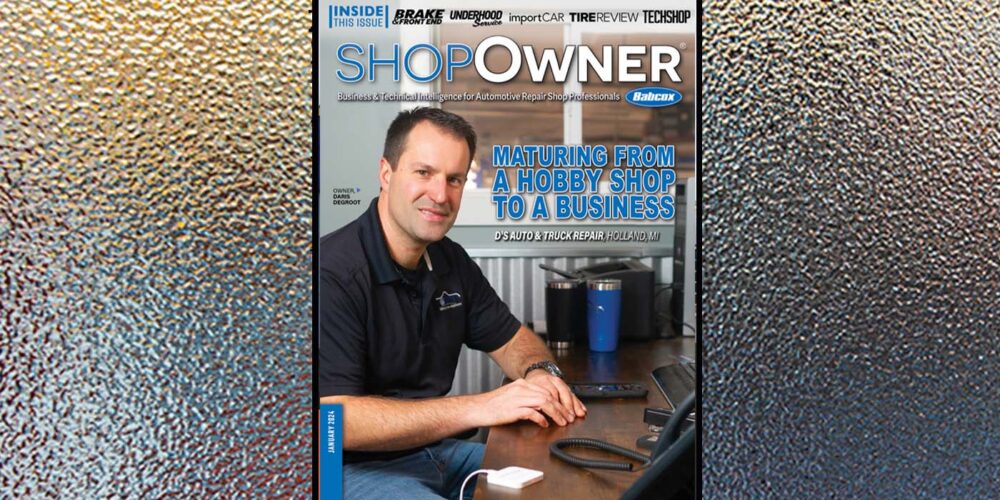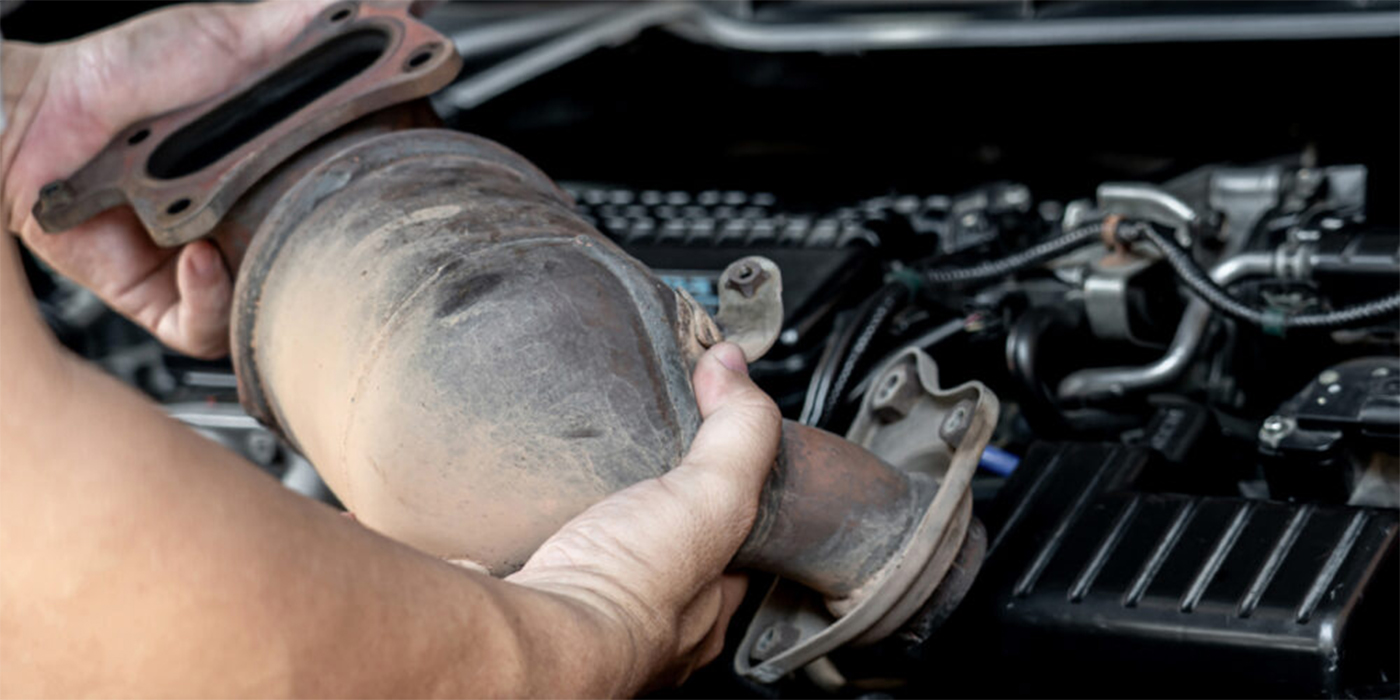By Greg Sands
CEO
Mudlick Mail
 In July, I opened my 25th auto repair shop in Marietta, GA. The shop, which operates under the Service Street banner, is located on a busy highway, northwest of Atlanta. The store launched strong, posting the third-best opening, sales-wise, of all my shops. Once it matures, I expect it to be my top-performer.
In July, I opened my 25th auto repair shop in Marietta, GA. The shop, which operates under the Service Street banner, is located on a busy highway, northwest of Atlanta. The store launched strong, posting the third-best opening, sales-wise, of all my shops. Once it matures, I expect it to be my top-performer.
Because I often get asked about the secrets to a successful expansion, I thought it would be helpful to provide a behind-the-scenes look at the opening of the Marietta store. While every shop is a little different, the process I use to grow my business is fairly consistent. I hope my blueprint will prove valuable for those of you considering opening new stores.
Step 1: Finding the Right Spot
The location where my newest Service Street sits had been on my radar for a few years. It’s a great site on a major thoroughfare with high visibility and is across from an upscale outdoor shopping center. My other Atlanta-area Service Street store is located an hour away, so there was no fear of cannibalizing my existing base. But what really made this location stand out is the demographics of the neighborhood. The average income of the households in the area is $80,000 and above and there’s no immediate competition. Even better, a zoning moratorium currently prohibits the construction of any new auto repair shops.
In order to justify opening a new shop, I need to reach a minimum of 1,000 high-caliber households. To determine whether that’s feasible, I take the number of competitors in the marketplace and divide that figure by the number of ideal customers in the area. Because of the demographics and lack of competition of the Marietta location, the formula yielded a much higher minimum.
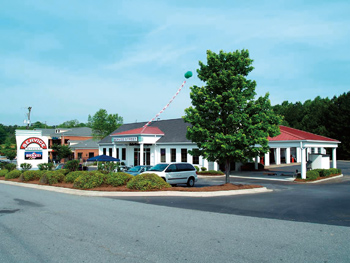
Step 2: Sealing the Deal
Finding the right location is only half the battle. Securing the site often takes patience and creativity. I had approached the previous owner of the Marietta shop about selling the business some time ago, but he wasn’t interested. His refusal to sell, however, didn’t lessen my interest in the property because I truly believed it was a worthwhile location. So, I continued to keep tabs on the shop and when an opportunity arose to buy the property at an auction, I jumped on it.
Finding financing can also be a challenge. If obtaining a bank loan proves to be difficult, consider finding a partner or investor to help with funding. Some sellers are also willing to provide financing. You might also consider a lease-to-buy option. Whatever the situation, my key piece of advice is to remain flexible and persistent.
Step 3: Making It Your Own
Once the deal closed, my team went to work on equipping the new location with the same look and feel as my other Service Street stores. I tried to include as many key elements as possible. For example, one of the distinguishing characteristics of the Service Street stores is a tower that features the Service Street logo. I couldn’t add a tower to the existing building in Marietta, so instead, the store’s main sign serves as the same type of monument — helping to establish consistency between stores.
All told, the Marietta store required a complete remodel and reconfiguration. The store is massive — 9,500 square feet — and includes 16 bays — double the number I typically operate with. I didn’t see the point of stretching my team that far initially, so I capped off six and opened with 10 bays. Although some might view that approach as wasteful, I feel confident about keeping those bays closed until demand warrants their usage.
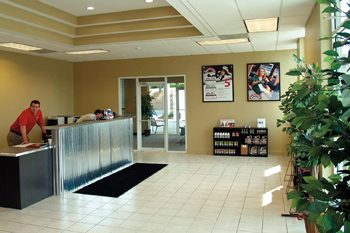
It took two months to transform the store — a process that resulted in a property that’s fresh and new, yet instantly recognizable as part of the Service Street family.
Step 4: Pre-Marketing
Pre-marketing should actually start when you break ground or take possession of a property. I’ve found that nothing sparks curiosity like construction, so getting the message out early about your shop and services can help alleviate concerns and answer questions. As I’ve mentioned in earlier articles, I believe that direct mail is the most effective form of marketing because it allows you to specifically target your audience and deliver a stand-alone offer to those doorsteps.
With the Marietta store, I began sending out postcards to customers within a two-mile radius of the shop at least a month before the store’s opening. If you don’t start marketing quickly, the results can be disastrous. You want to be in the position of having customers when you open your doors, not trying to attract business afterward.
Step 5: Hiring
Like pre-marketing, hiring for some positions should take place fairly early in the process. I typically operate with three managers, four general service representatives and four technicians.
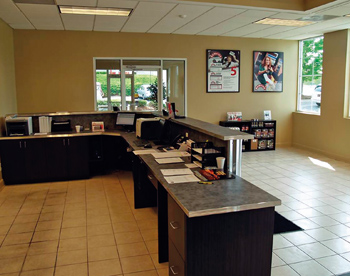
I hired my general manager for the Marietta store two months before the shop opened. The two assistant managers were in place six weeks out. I usually hire technicians last since they aren’t needed until we open our doors. Because of its large size, the new Service Street also required more technicians, so the recruitment process took a bit longer. I also staffed the store according to the level of sales I wanted to achieve, which means that I opened the store completely staffed.
I found my employees in a variety of ways. Some were referrals. Others came in because they saw an online job posting or got a postcard about the shop and figured we needed help. (I often find that my pre-marketing efforts help with recruitment.)
It’s also not unusual for me to recruit employees from the retail or service sector if I spot someone who really excels at his or her job. In the Marietta store, for example, the general manager came from the retail industry, while one of the assistants has a more traditional, automotive repair background. I think having a mix of experience results in a more balanced staff.

Step 6: Opening the Doors
I think that one of the key factors in my success is having good systems in place. I never could have opened one store — let alone 25 — without establishing policies to guide my operations. When we opened the Marietta store, my staff was well versed on how to address everything, from explaining customer benefits to determining community involvement.
Unlike some other shops, I didn’t host a grand-opening celebration when I opened the Marietta store. Instead, I relied on my pre-marketing to drive customers to the shop.
Step 7: Continue Marketing
A strong opening doesn’t automatically guarantee long-term success. I conduct direct mail campaigns every month like clockwork to not only maintain, but grow, my customer base. I never take a month off because I know it means I’ll be interrupting my momentum.
I believe I’ve built a strong foundation for the Marietta store and I look forward to watching the shop grow.
Greg Sands is the CEO and founder of Mudlick Mail in Acworth, GA. The company provides demographically targeted, direct mail programs for automotive service and repair shops nationally. Greg also owns and operates 25 repair shops across the country. He can be reached at [email protected] or 1-866-794-0167.






